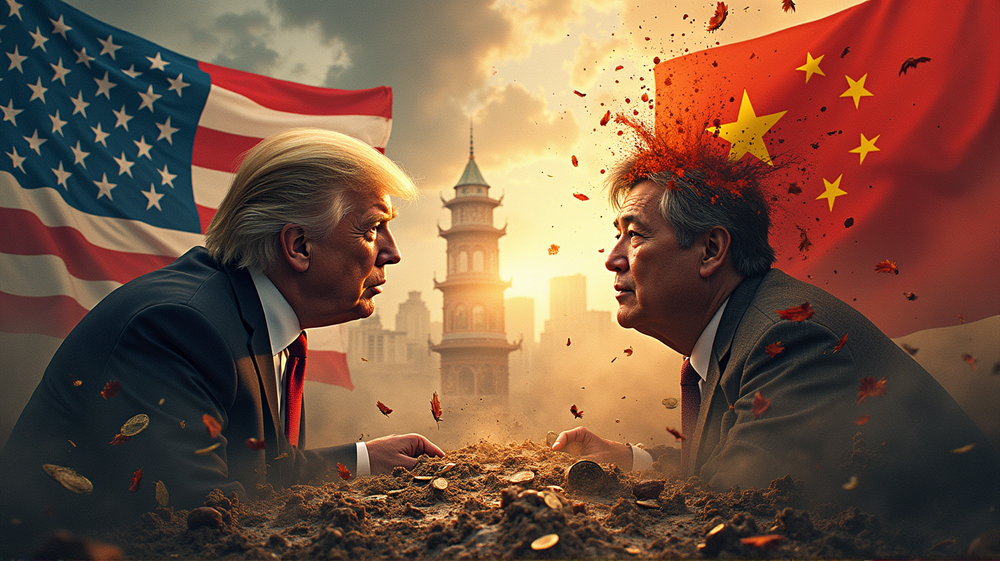Challenging China’s Economic Surge
The relentless march of China on the global economic stage has been nothing short of remarkable. Since opening its economy in the late 1970s, China catapulted itself from the 10th largest economy in 1981 to the second largest by the early 2010s. The growth was fueled by aggressive trade strategies, where allegations of predatory pricing and currency manipulation played a role. The astounding leap to nearly $18 trillion GDP by 2021 threatened to loom over the US economic power. As stated in The Daily Star, China’s rapid growth leaves the US with palpable apprehension about being outsized.
Deficits and Debt: The Twin Threat
President Trump’s tariff policies emerged against the backdrop of formidable challenges. The US faced growing trade and fiscal deficits, peaking with a debt-GDP ratio of 121 percent. The analogy of deficits as the relentless flow of water into a debt-laden bucket underscores the struggle against burgeoning deficits that outpace economic output. Interestingly, the emergence of these ‘twin deficits’ echoes the fiscal challenges experienced under the Reagan administration in the 1980s.
The Tariff Strategy: Plugging Economic Leaks
With a trade deficit ballooning to \(800 billion and fiscal deficits reaching nearly \)1.83 trillion, Trump’s strategy focused on tariffs to curtail imports and improve trade balances. For a market-driven currency environment like the US, direct manipulation of exchange rates to control trade isn’t feasible, redirecting focus onto tariff hikes as a tool to manage these economic imbalances.
Revenue and Growth: The Tariff Trade-off
Though tariffs offer a mechanism to dampen fiscal deficits, their implications on GDP growth are contentious. With revenue from tariffs expected to surge to $2.8 trillion over the next decade, significant fiscal relief is anticipated. However, the cost may be reflected in slowed economic expansion, a paradox at the heart of the tariff debate.
Navigating the Future: Strategic Implications
In examining the economics behind Trump’s tariff maneuvers, it becomes apparent that dialogues alone may not dismantle Washington’s tariff walls. As Trump’s measures also tackle the dual threat of China’s trade dominance and America’s substantial debt concerns, it paints a complex canvas of strategic economic recalibrations.
The unfolding narrative of tariffs and trade relations offers a profound lesson in economic policy’s dual-edge—balancing strategic domestic benefits vis-à-vis broader global trade dynamics.












